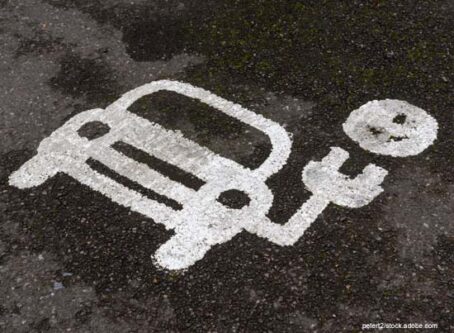New opioids get added to DOT’s drug-testing panel on Jan. 1
A final rule that adds four semi-synthetic opioids to the existing Department of Transportation drug-testing panel goes into effect Jan. 1.
The new opioids are hydrocodone, oxycodone, hydromorphone and oxymorphone. Some of the commonly prescribed painkillers with these opioids include OxyContin, Percodan, Percocet, Vicodin, Lortab, Norco, Dilaudid and Exalgo.
A final rule was published in the Federal Register on Nov. 13.
“The revision of the drug-testing panel harmonizes DOT regulations with the revised HHS Mandatory Guidelines established by the U.S Department of Health and Human Services for federal drug-testing programs for urine testing,” an overview of the final rule stated.
The new testing procedures do not prohibit the use of prescribed opioids. However, proof of a legitimate prescription will be required and opioid levels must be within the prescribed range if a driver is ordered to take a drug test while on the medication.
“If you test positive for any of the semi-synthetic opioid drugs, then, as with any other drug test result that is confirmed by the laboratory, the Medical Review Officer (MRO) will conduct an interview with you to determine if there is a legitimate medical explanation for the result,” the U.S. Department of Transportation said. “If you have a valid prescription, you should provide it to the MRO, who will determine if the prescription is valid. If a legitimate medical explanation is established, the MRO will report the result to your employer as a ‘negative.’ If not, the MRO will report the result to your employer as ‘positive.’”
Rachel Aycock, a team leader with OOIDA’s drug and alcohol testing consortium, CMCI, said she recommends that commercial drivers make their doctor aware what they do for a living and to see if there are any other realistic options regarding painkillers. If the doctor still prescribes one of the four semi-synthetic opioids, Aycock said truck drivers need to follow the prescription exactly the way the doctor ordered.
If a driver receives a “positive” drug test result, he or she will be removed from performing safety-sensitive functions and have to complete the return-to-duty process.









